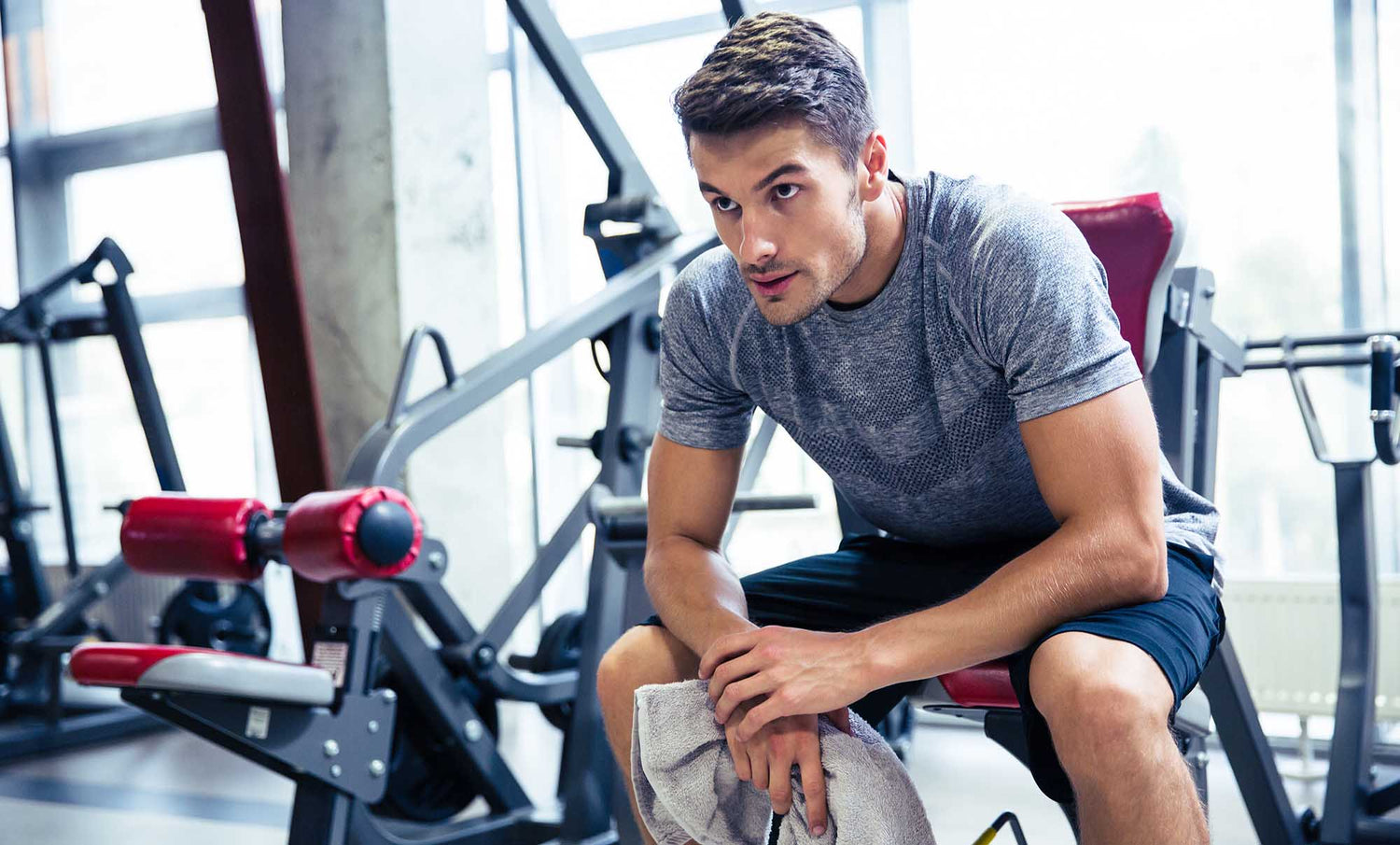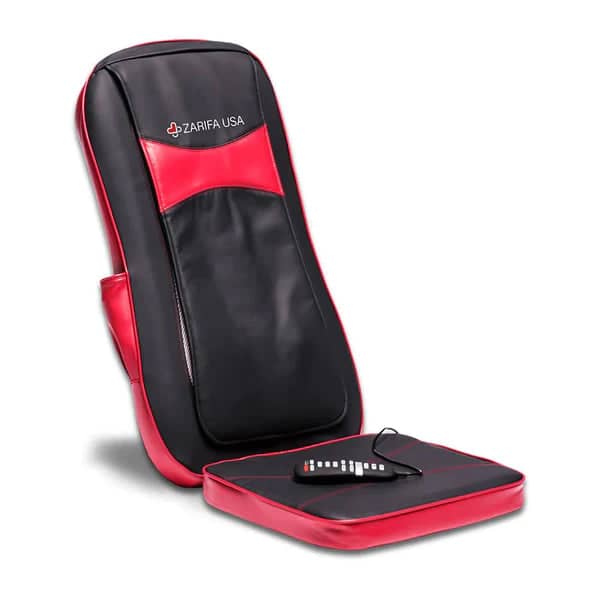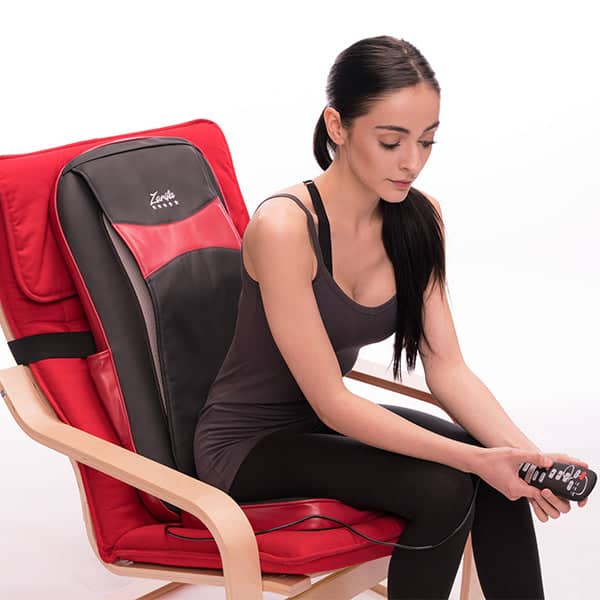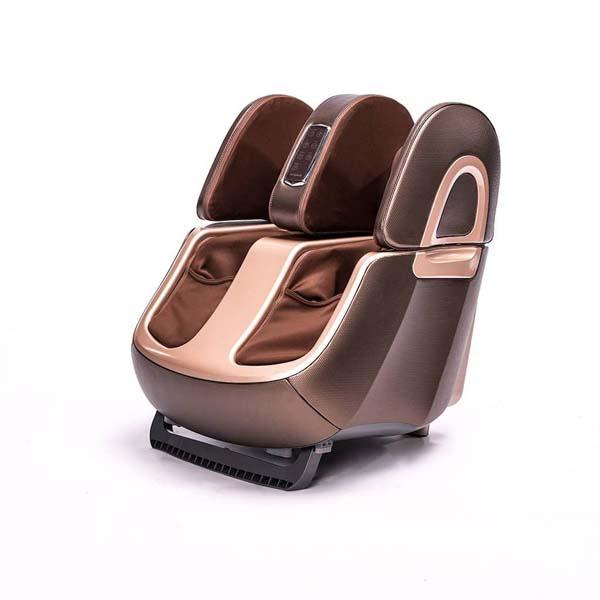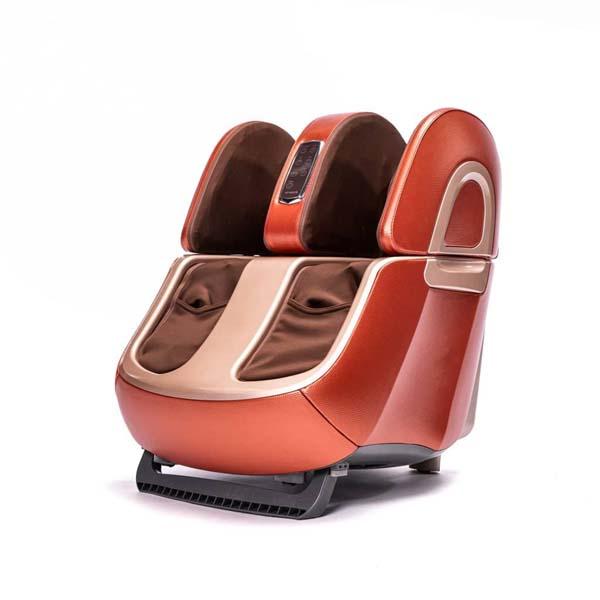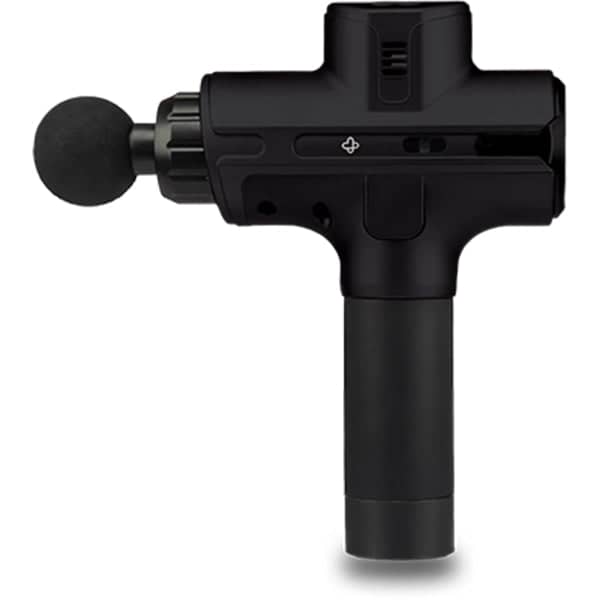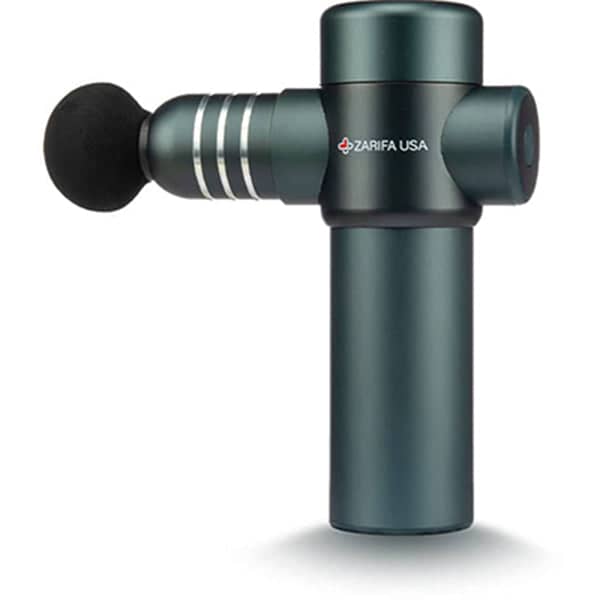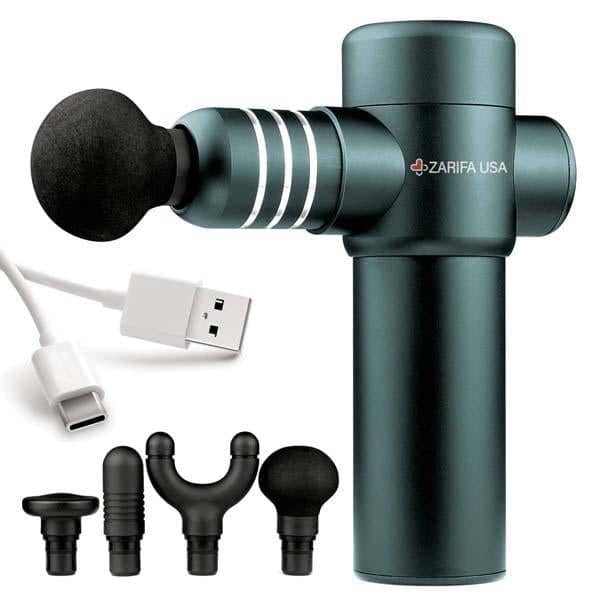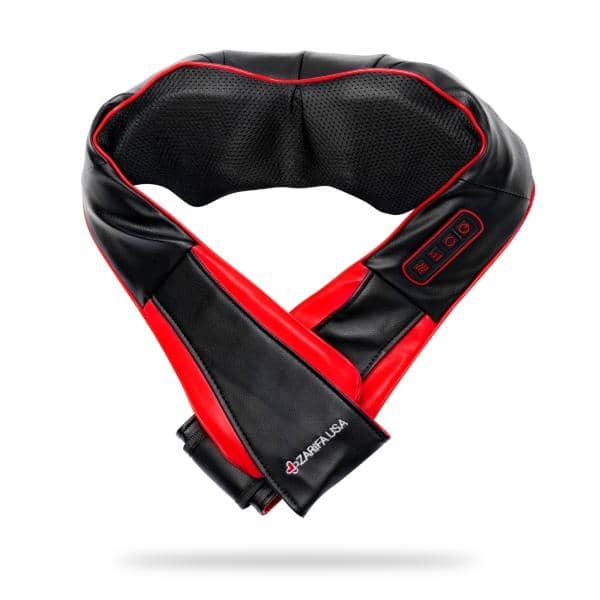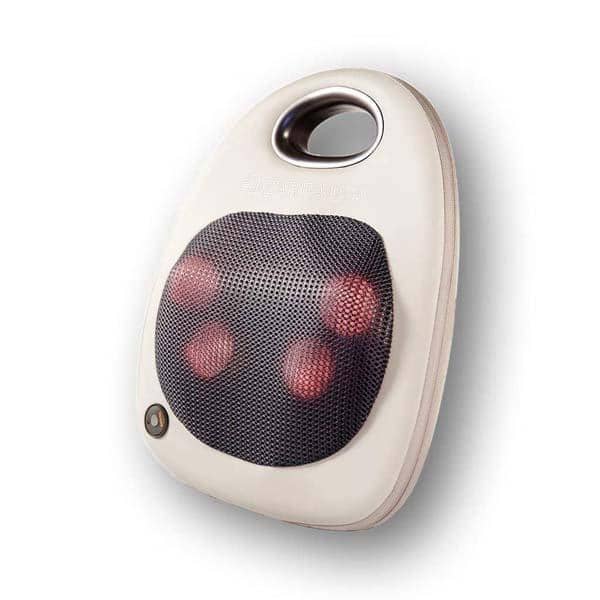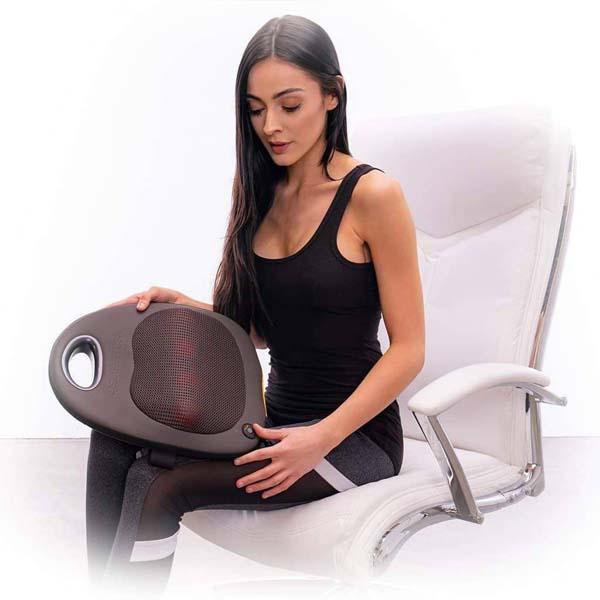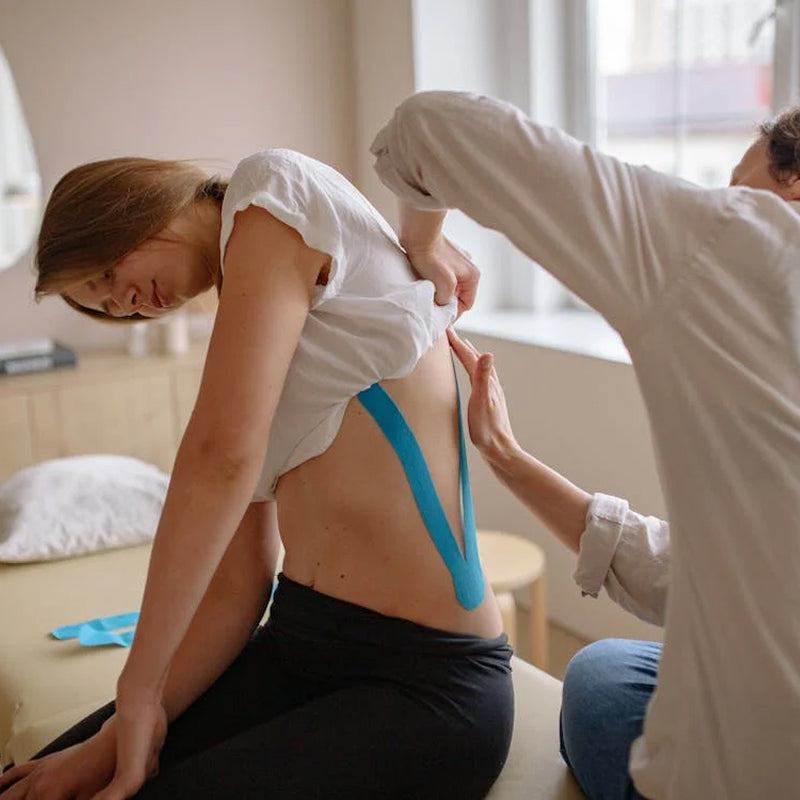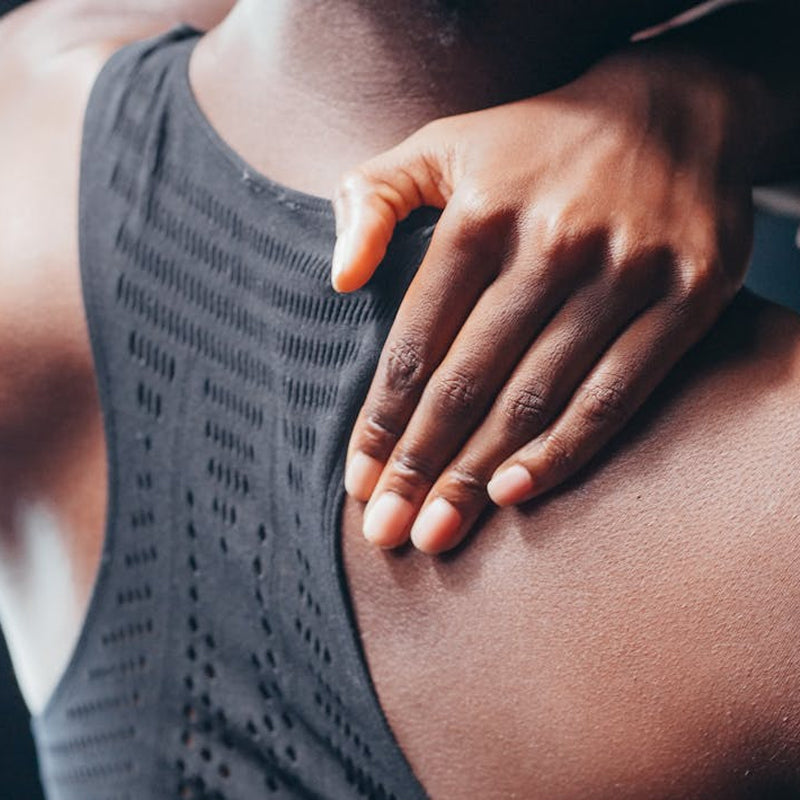Pain and discomfort are common after a workout. After all, when you work out intensely, your muscles need time to recover and repair themselves so that they're strong enough for the next session.
Many people feel pain in their legs after squats or lunges because these exercises put pressure on their quad muscle group. It may be due to tightness in certain areas, which can happen if you're not stretching properly before and after your workout.
Many things can be done to help alleviate the pain, but first, let's explore some possible reasons for feeling pain in the first place:
Top Reasons for Post-Workout Pain
General Pain
Working out can be tough! It places stress on your muscles--especially if you're lifting weights. If the weight is too heavy, it could cause pain in your joints or ligaments, leading to discomfort and soreness.
Delayed Onset Muscle Soreness (DOMS)
DOMS is a common occurrence for people who are new to serious exercise programs.
This type of soreness usually develops 12-72 hours after your workout, but in rare cases, it can take up to two days before the pain sets in. DOMS feels like an intense ache that starts at the point where you exercised and spreads out from there (across your whole body).
Skeletal Muscle Damage
Sometimes a hard workout can lead to injury. This type of damage is usually felt within the most intensely worked-out muscle, and it's not always easy to tell if you've done any lasting harm. The pain from this kind of damage often sets in four days after exercising, but it can take up to two weeks for total healing.
Tendonitis
Tendonitis is a common inflammation of the tendon which results from repetitive stress on specific muscles or joints. The pain usually occurs during exercise and eases off after, but it can be aggravating enough to make you want to stop working out altogether.
Lactic Acid Buildup
Lactic acid is a byproduct of working out that has to be removed. As it builds up, lactic acid can cause pain to resonate from areas of your body that are sore, as well as give off an intense burning sensation in the affected area.
Ways To Relieve Pain After Working Out
There are a variety of methods you can utilize to reduce the pain you experience after a workout:
1. RICE (Rest Ice Compression Elevation)
These are three steps you can take immediately after your workout to help alleviate pain.
- Rest is needed for an hour or so before moving on with activities since it'll help reduce the inflammation in your muscles.
- Ice will decrease pain and swelling, as well as limit any further damage to the affected area. It should be applied for 15-20 minutes every hour or two for a few days to attain desired effects.
- Compression is necessary because it helps prevent fluid from accumulating around the injured site.
- Elevation is important because it helps reduce swelling and pain by encouraging blood flow in the opposite direction.
2. Stretching
Stretching before a workout can help keep your muscles limber and prevent soreness. It should be done for at least 30 seconds to one minute per set, but make sure not to overexert yourself as this could lead to injury or pain during the stretching process.
Afterward, you'll want to cool down with some light stretches to help the muscles recover.
Stretching is an essential part of any workout routine, and it's a great way to avoid injury as well!
3. Medicate Safely
Some medications may be necessary to help reduce pain, but they should never replace the other steps listed.
It's best to avoid taking any medication that has a sedative effect because these types of drugs can make you feel dizzy or put in danger if there is an emergency.
As a policy, Zarifa USA encourages people to avoid drugs to reduce pain, if possible. This is why we are in the medical massage product business.
4. Stay Hydrated
One reason that many individuals suffer from soreness and pain is due to a lack of hydration. Make sure to drink plenty of water after your workout, and you'll help flush out toxins. This will help reduce the pain and also promote healing.
5. Invest in a Massage Gun
Sometimes you just need an excellent massage to stretch and relax those muscles that have been strained during a workout. However, if you don't have the time or budget to get to the massage parlor, you can take advantage of technology to bring a massage home.
The Z-Smart Mini Massage Gun is a new device that can be used to relieve pain after working out. The ergonomic design makes it easy and comfortable to use, and the massage settings allow you to find just the right amount of pressure for your needs.
The Z-Smart Mini Massage Gun offers four interchangeable massage heads that allow you to target specific pain points.
A quiet, brushless motor allows you to work out knots and soreness discreetly at home or the gym, and the small design makes it perfect for travel. With the Z-Smart Mini Massage Gun, you can take care of post-workout pain no matter where you are - in a matter of minutes!
Learn more tips and techniques for reducing workout pain, and pick up your own Z-Smart Mini Massage Gun online today!

